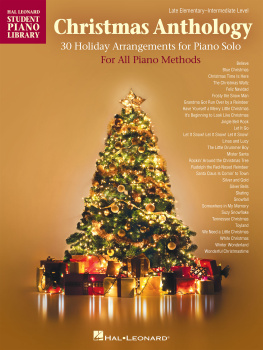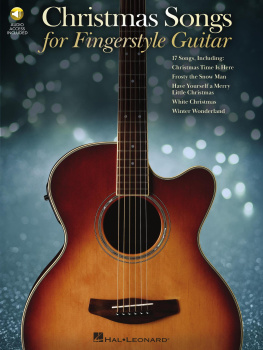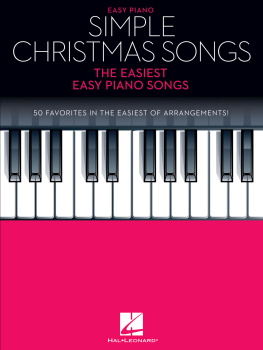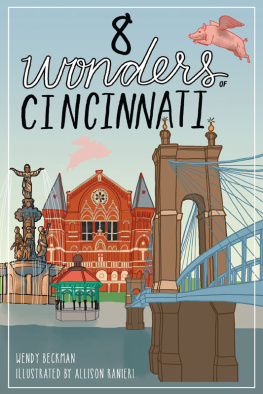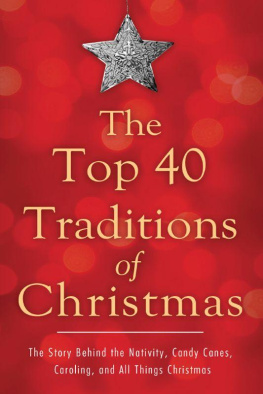

Published by The History Press
Charleston, SC
www.historypress.com
Copyright 2021 by Wendy Hart Beckman
All rights reserved
Front cover, top left: Cincinnati Enquirer photo; top center: Cincinnati Enquirer/ Liz Dufour; top right: Cincinnati Enquirer/Cara Owsley; bottom: Christmas decorations at Fountain Square. Cincinnati & Hamilton County Public Library. Joseph S. Stern, Jr. Cincinnati Room.
First published 2021
E-Book edition 2021
ISBN 978.1.43967.374.4
Library of Congress Control Number: 2021943814
Print Edition ISBN 978.1.46714.831.3
Notice: The information in this book is true and complete to the best of our knowledge. It is offered without guarantee on the part of the author or The History Press. The author and The History Press disclaim all liability in connection with the use of this book.
All rights reserved. No part of this book may be reproduced or transmitted in any form whatsoever without prior written permission from the publisher except in the case of brief quotations embodied in critical articles and reviews.
I dedicate this book to the people and the city of Cincinnati, my adopted home.
CATAWBA WINE
Henry Wadsworth Longfellow
This song of mine
Is a Song of the Vine,
To be sung by the glowing embers
Of wayside inns,
When the rain begins
To darken the drear Novembers.
It is not a song
Of the Scuppernong,
From warm Carolinian valleys,
Nor the Isabel
And the Muscadel
That bask in our garden alleys.
Nor the red Mustang,
Whose clusters hang
Oer the waves of the Colorado,
And the fiery flood
Of whose purple blood
Has a dash of Spanish bravado.
For richest and best
Is the wine of the West,
That grows by the Beautiful River;
Whose sweet perfume
Fills all the room
With a benison on the giver.
And as hollow trees
Are the haunts of bees,
Forever going and coming;
So this crystal hive
Is all alive
With a swarming and buzzing and humming.
Very good in its way
Is the Verzenay,
Or the Sillery soft and creamy;
But Catawba wine
Has a taste more divine,
More dulcet, delicious, and dreamy.
There grows no vine
By the haunted Rhine,
By Danube or Guadalquivir,
Nor on island or cape,
That bears such a grape
As grows by the Beautiful River.
Drugged is their juice
For foreign use,
When shipped oer the reeling Atlantic,
To rack our brains
With the fever pains,
That have driven the Old World frantic.
To the sewers and sinks
With all such drinks,
And after them tumble the mixer;
For a poison malign
Is such Borgia wine,
Or at best but a Devils Elixir.
While pure as a spring
Is the wine I sing,
And to praise it, one needs but name it;
For Catawba wine
Has need of no sign,
No tavern-bush to proclaim it.
And this Song of the Vine,
This greeting of mine,
The winds and the birds shall deliver
To the Queen of the West,
In her garlands dressed,
On the banks of the Beautiful River
(Emphasis is authors. Punctuation is Longfellows.)
Contents
a Word
about twenty years ago, I was working on a book about the National Parks. I was thrilled with the fantastic web pages of the Department of the Interior, especially those of the National Park Service. At that time, we writers were on the cusp of printing out all the resource materials we found when doing our research or just noting the URL of a web page, along with identifying information for footnotes. I usually did a combination of the two. (Im a slow adapter.) Then two things happened that impeded my book progress.
First, the Internet account of the National Indian Trust was hacked. As a result, the Interior Department (which controlled the trust) immediately shut down its whole web system. I think of this event as the Four Is: the Indian Trust, Interior Department and Internet Incident. Many native and indigenous people were deeply affected, but for me, it was a mild inconvenience. I was able to fall back on the information I had printed out and relied on mailed letters and telephone calls for new research.
The second incident had a small effect on my book but an enormous emotional impact on me and the rest of the world: the September 11, 2001, attacks. Not only were communication lines cut, but National Park Service sites themselves were also shut down. I lost access to Ellis Island and the Statue of Liberty for weeks, for example. Communication with freelance writers became a low priorityand rightly so.
In the midst of a pandemic, researching a book is a little challenging. People whom I would normally talk to were furloughed or, worse yet, laid off. Those left behind were trying to do the work of many absent coworkers. My work could still proceed at a slower pace but with constant reminders that at least I had work when many others werent so lucky.
My heart goes out to our frontline workers and those who have lost loved ones to COVID-19. In the spirit of the season that I hope this book will bring you, I wish you well. I wish you peace. I wish you hope.
A candle lights the darkness.
acknowledgments
when trying to capture the history of our city in a book, its wonderful to have such venerable institutions as ours. Thanks to Jill Beitz and the folks in the Cincinnati History Library and Archives at the Cincinnati Museum Center and to Larry Richmond in the Genealogy and Local History Department of the Cincinnati and Hamilton County Public Library. (If I type publ into my computer, it automatically takes me to the Cincinnati Public Librarys Online Research Databases. I think Im addicted.)
Many, many thanks to Jeff Suess, Beryl Love and Lisa Gillespie at the Cincinnati Enquirer. I also greatly appreciate the Herculean efforts made by Cynthia Beischel, author of Virginia Bakery Remembered, to get me a photo from Virginia Bakery.
Before I jump into the first chapter, I would also like to acknowledge the passing of Jim Aglamesis, of Aglamesis Bros. shops in Oakley and Montgomery, while this book was in progress. He truly was a sweet and sincere man.
A big thanks to my editor, John Rodrigue, who lit the idea for this book and saw it through to completion.
Introduction
when my oldest son was eight or nine years old, I was a diversity consultant and also taught a course on cultural diversity at a local university. I tried to make sure that all three of my sons were aware that people have different perspectives, perceptions, paths and beliefs, among other things. One day, when we were talking about Santa Claus and his Christmas Eve ride around the world, this son asked how many people in the world were Christians. I said that about a third of people believed in Christianity, with the next largest group being Muslims, and that the greatest concentration of Christians was in the United States and Europe. He thought for a minute, then said, So I guess Santa Claus doesnt work as hard as we thought he did.
Next page



